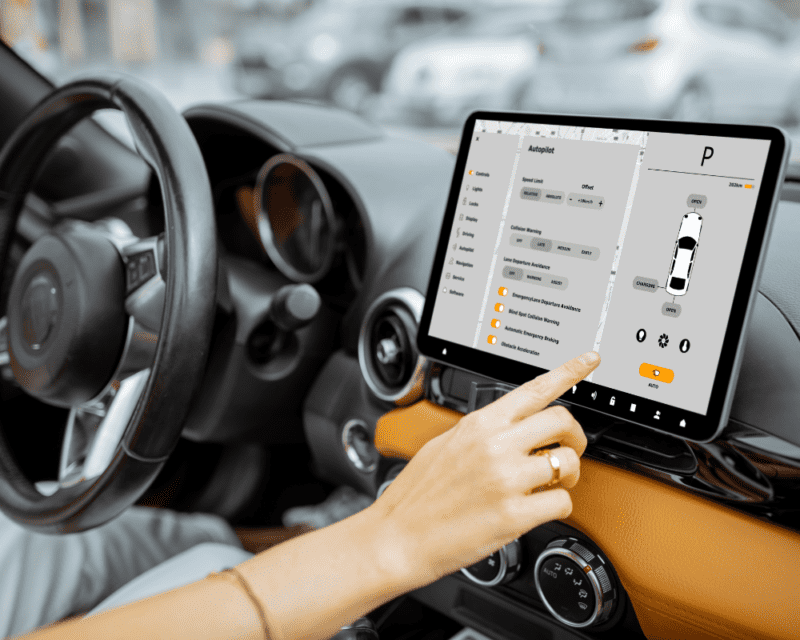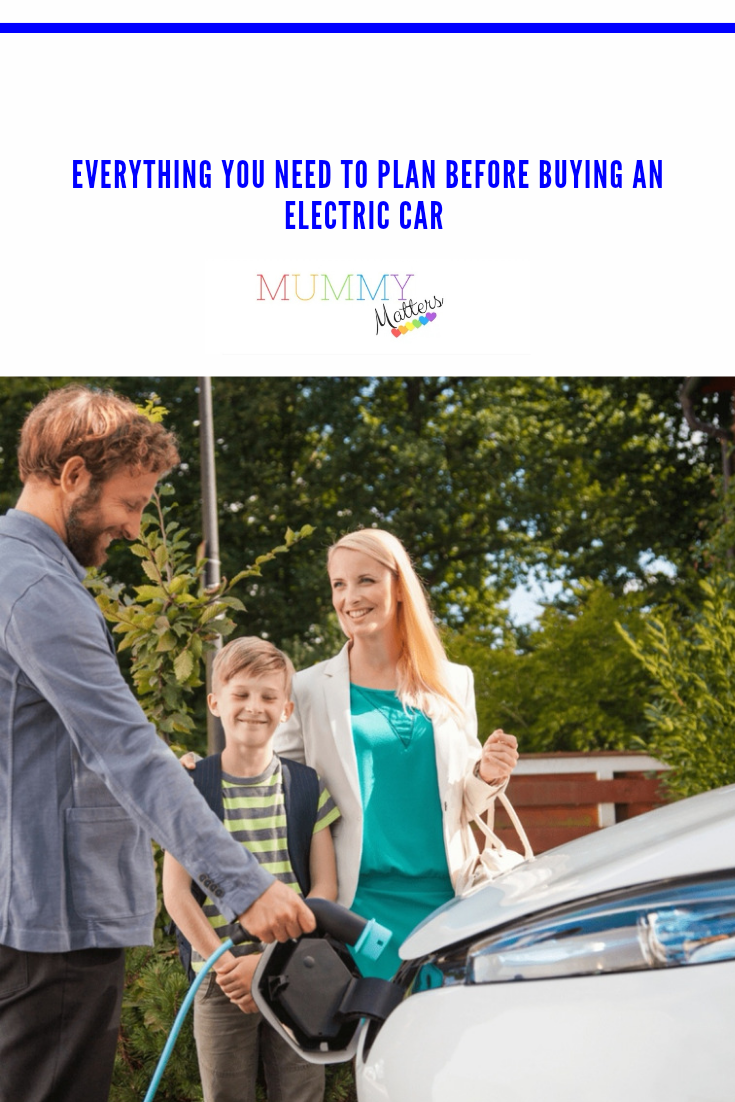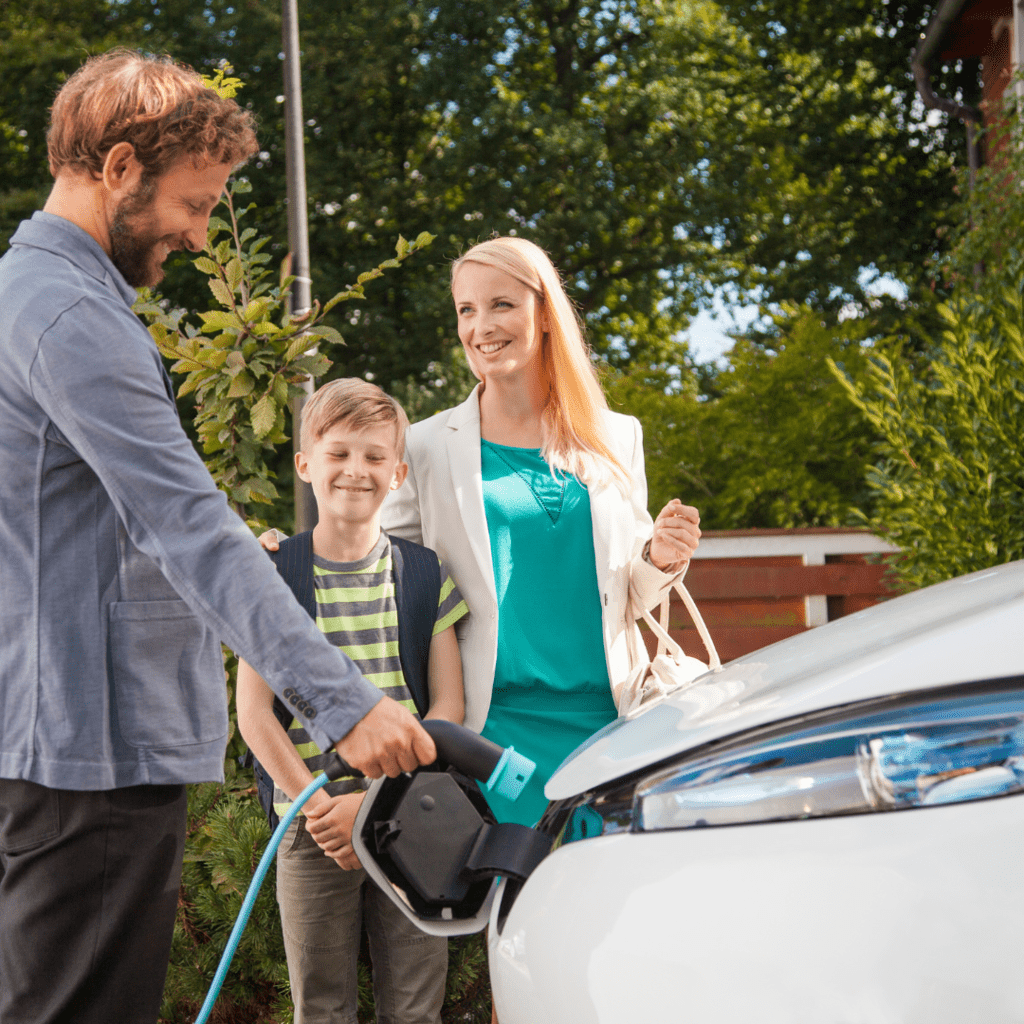If you’ve been seeing a lot of electric cars out and about on the road recently and are thinking of investing in one for yourself, then now is a good time to make the switch. Being kinder to the environment and cheaper to run, it’s no surprise that electric vehicles are becoming increasingly popular, particularly with the rising fuel price and the introduction of clean air zones throughout the country. Eventually, all new cars sold will likely be electric as the UK government plans to phase out the production of petrol and diesel vehicles, making driving cleaner and greener overall.

Making the switch to an electric car can have many benefits, including no fuel expenses, a smoother driving experience, and less car maintenance to worry about, thanks to fewer moving parts. But that being said, driving an electric car can be very different to driving a traditional combustion engine vehicle, and there is a lot to get used to. If you are thinking of switching from traditional petrol or diesel-powered cars to electric cars, then here are some things to keep in mind.
Choosing the Right Car
With more car manufacturers now going electric and offering a wider range of models to choose from, the market is only getting bigger, and there is an electric car out there for everybody.
Buying an electric car is not that different from choosing a traditional combustion engine car. Think about the size of car you will need and the type of features you want to narrow down your options and come up with a list of cars that might be suitable for you. However, instead of looking at fuel efficiency as you might when buying a petrol or diesel car, the main spec to look out for when purchasing an EV is the range.
The battery range refers to how many miles the car can cover before you are going to need a charging point. The longer the journeys you make, the bigger the range you want. If you’re feeling stuck and unsure what you should be looking for in an electric car, this electric car guide from LV Electrix might help. You can find the answers to your questions here with LV Electrix’s comprehensive guides to choosing an electric car, charging, and more.
Where to Charge
The good news is that you do not need to have a personal electric car charging point installed at your home to drive an electric car, although there is no doubt that this is very convenient to have. If you live in a flat, for example, or your home is a terraced house with on-road parking rather than a driveway, then charging your electric car at home could be difficult, if not impossible. Or, if you want to buy an electric car and give it some time to see if it is the right option for you before committing to having a charging point installed at home, you can use the public network of EV chargers that are available throughout the country.
Many manufacturers offer EV charging free with their financial plans, so if you are paying monthly for your electric car, this might be something worth looking out for. Chargers are becoming increasingly readily available in places like petrol stations, motorway service stations, and even in supermarket car parks where you can leave your car on charge and go to get your shopping.
Installing a Home Charger

If you want the convenience of charging your car at home, you must have an EV charging point installed. Although new homes in the future are going to be built with an electric car charging point as standard, for most people who are switching to an electric car today, having the charging point installed at your home is their responsibility, unless they are lucky enough to live in a house where the previous owner had one installed.
Installing the charging point can be one of the most expensive tasks involved with switching to an electric car, aside from purchasing the car itself. That being said, there are government grants that you can access to put towards the cost of having your charging point installed. And once it is installed, there are no ongoing costs involved other than the likelihood your energy bills will probably rise.
There are several types of home charging points you can install at home. A fast charger with higher power levels is a convenient option, but it will likely cost more to install and use more energy. Because of this, most electric car owners opt for a slow charger with a less powerful output, allowing them to charge overnight and keep their energy bills down.
Electric Car Maintenance
Another thing you will need to plan for when switching to an electric car is maintaining your vehicle. The good news is that, unlike traditional petrol and diesel engine cars, there are not that many moving parts on an electric car, so you won’t need to maintain, replace, or repair quite as much. For example, there’s no need for oil changes or spark plug changes. But that being said, many electric car components need to be kept in good condition to keep the car safe and running well.
You will need to have the battery regularly maintained by a professional to get the most from it, and the brakes, tyres, motor, climate control system, and software all need to be checked, maintained, or updated regularly to keep the car running smoothly. Like traditional combustion engine cars, you will also need to take your EV for an MOT each year to ensure it is roadworthy. The MOT test for an electric car is different from that of a traditional petrol or diesel car and should be carried out by a trained and qualified electric vehicle technician.
Driving an Electric Car

When you are used to driving a traditional petrol or diesel car, it can take some time to get used to the differences when you are behind the wheel of an electric vehicle. Electric cars have instant torque, so they don’t need any time to speed up like a traditional car – you can go from 0-60mph in seconds, which can take a while to familiarise yourself with.
Give yourself some time to get used to driving your electric car, especially if this is your first time driving one. For the most part, the basics will be the same – there’s an accelerator and brake pedal, indicators, and a steering wheel – you will just have to get used to the difference in torque and the driving sensation. Spend some time getting familiar with the range, too – the last thing you want is to run out of charge mid-way through a journey. Before you start driving in your EV, you may want to get familiar with the nearest places to charge – there are apps you can download to direct you to the closest charging point when you are on the road.
If you want to make the switch to an electric car, it can take some planning. Overall, it’s worth doing if you want to save money and drive a more environmentally friendly vehicle.


